We believe it is important for our Post Docs and PhD students to mentor students from all levels of study. Explaining your work to others improves clarity of thought, generation of hypotheses and creative thinking. Plus, a second pair of hands can be very useful. Learning how to supervise junior colleagues and how to get the most out of their efforts is one of the most important aspects of PhD and post doctoral training.
PhD Rotation Students
Rija Ziadi, Sept 2021
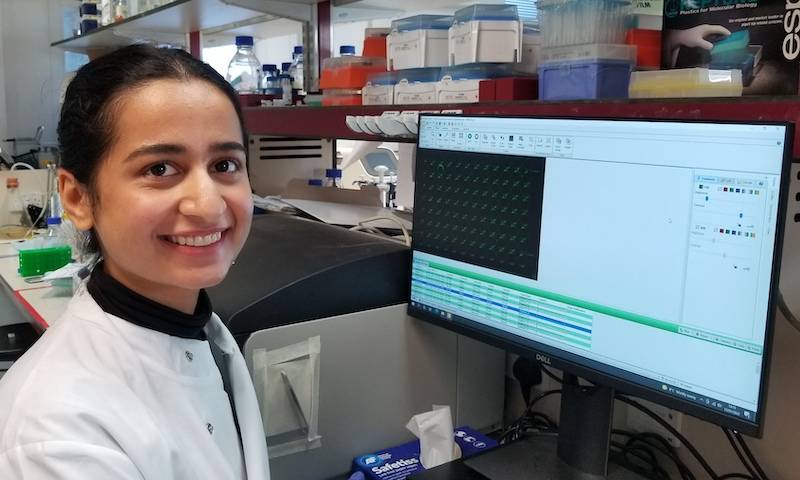
Next step: Continuing onto my second rotation project within the UCL-Birkbeck MRC Doctoral Training Programme
Lydia Newton, Jan 2021
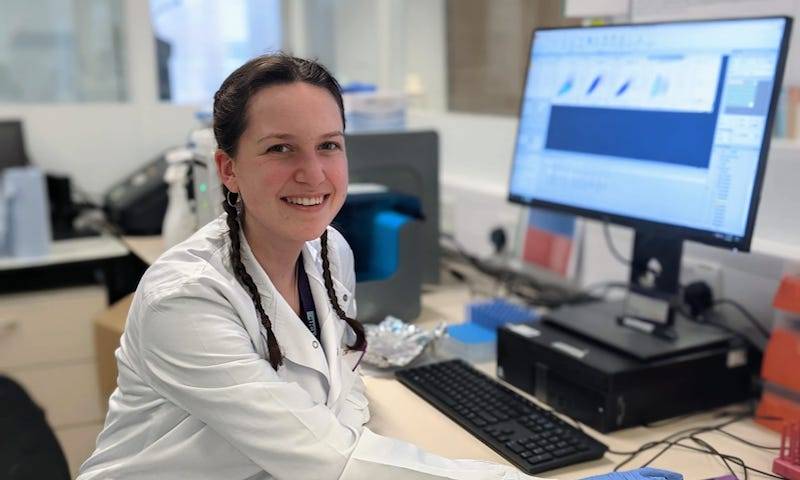
Next step: PhD on the UCL-Birkbeck MRC Doctoral Training Programme. A collaboration project between Professors Greg Towers and Flemming Hansen
Kate Morling, May 2021
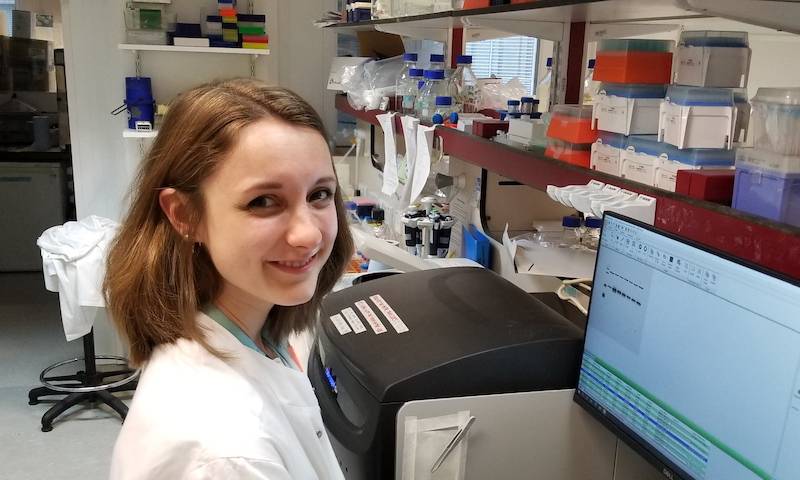
Next step: PhD on the Institute of Structural and Molecular Biology PhD programme. A collaboration project between Professors Greg Towers and David Selwood.
MSc Students
Izzy Brooker, 2023
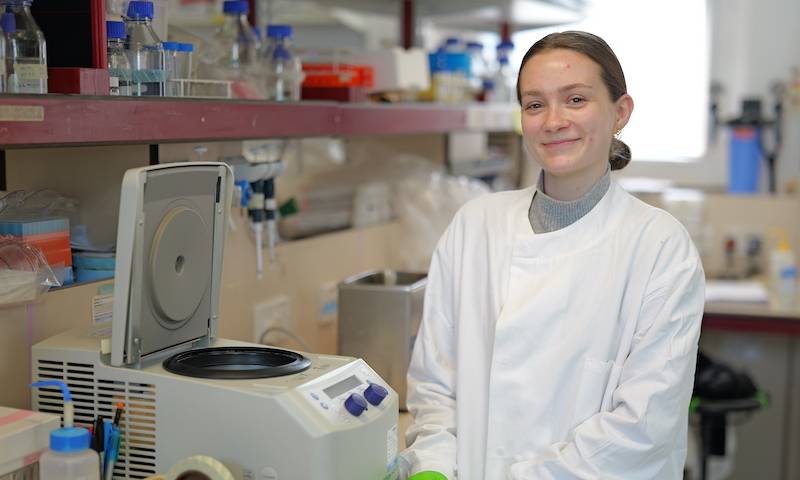
Marie Bischof, 2021
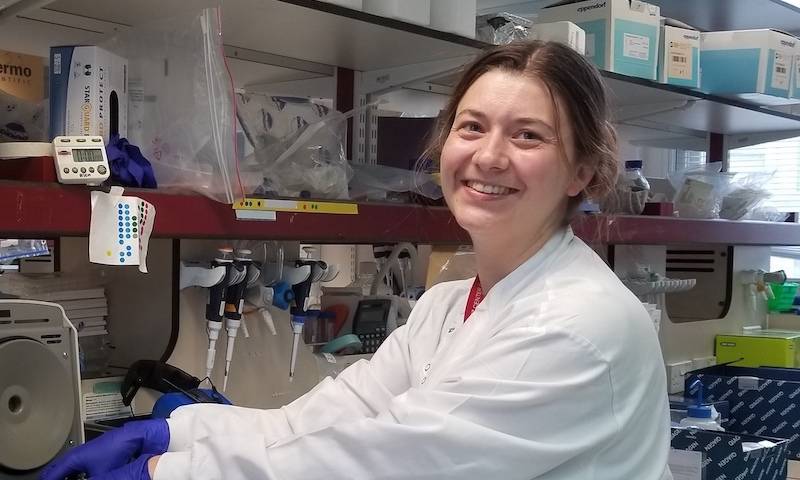
Jessie Jungels, 2022
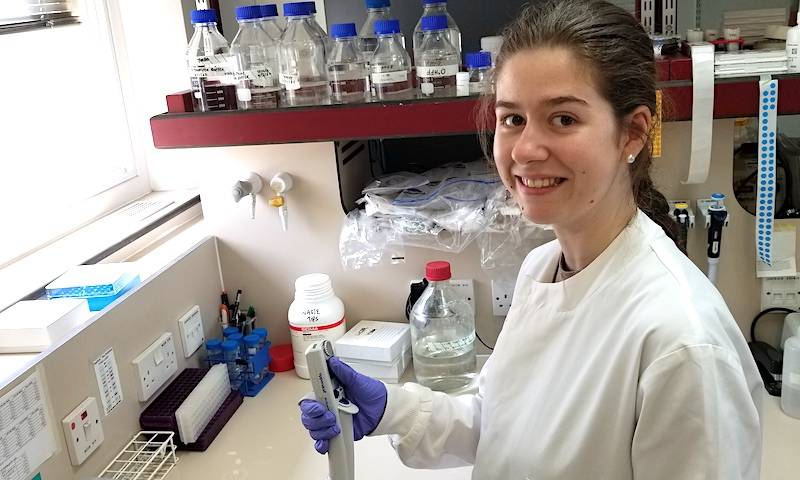
Alicia Roden, 2019
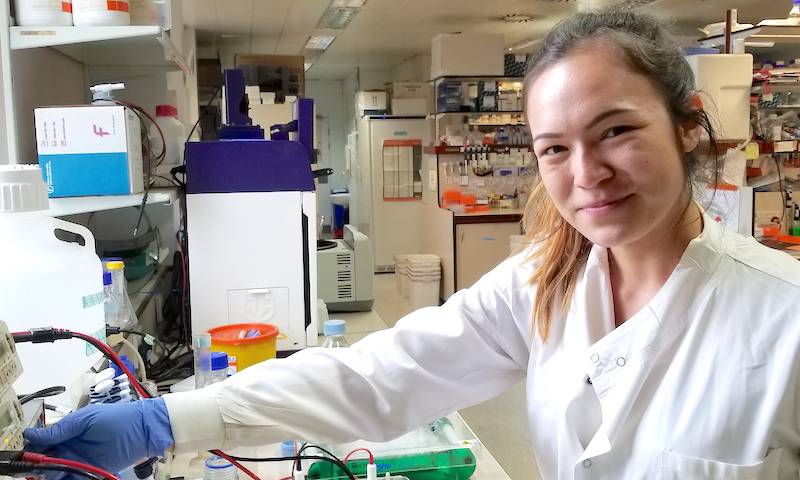
Emma Touizer, 2019
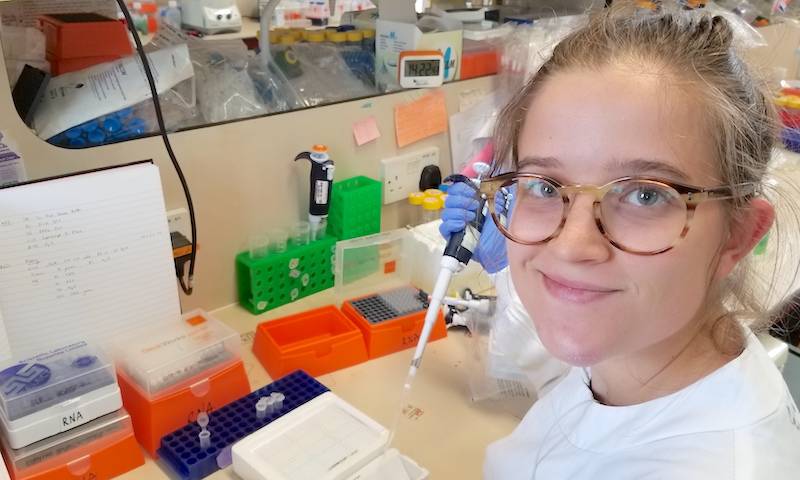
We showed that allosteres activate the innate immune system in HIV-1 infection by sensing of viral DNA by cGAS and inducing interferon stimulated genes. I had a great time during this project, the Towers Lab is a great lab environment to work in with plenty of support from the permanent lab scientists and even the odd cake!
Next step: MRC DTP PhD studentship at UCL
Henry Blest, 2018
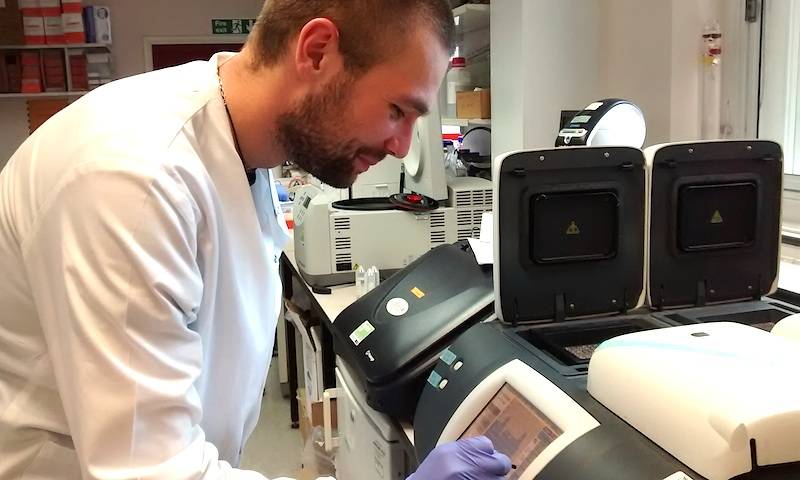
Next Step: DPhil in medical sciences at The University of Oxford with Prof Jan Rehwinkel.
Bethany Schneiderman, 2017 -2018
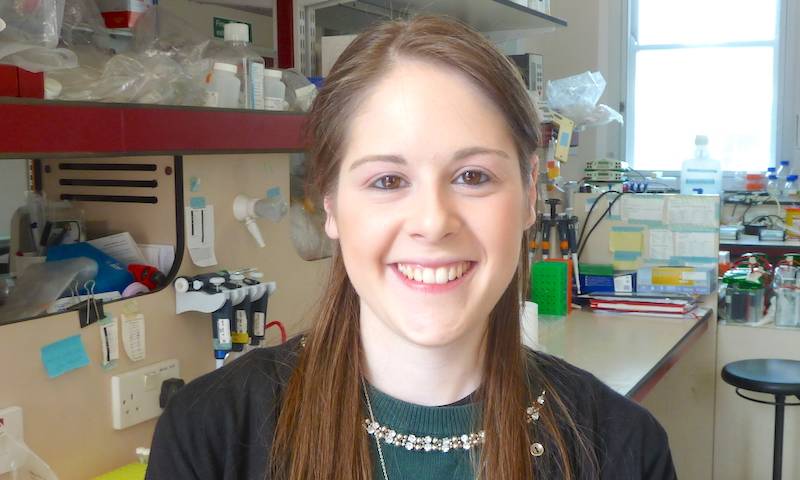
I have been extremely fortunate to spend the year working with Dr Che Colpitts exploring the mechanisms by which hepatitis C virus evades innate immune sensing. As a positive-sense RNA virus, HCV replicates in the cytoplasm and induces the formation of double membrane vesicles that form the viral replication compartment known as the membranous web (MW). The MW is the site of RNA synthesis and provides protection from the hostile cytoplasmic environment. It promotes evasion of innate immune sensing through exclusion of cytoplasmic RNA sensors such as RIG-I and MDA-5. Cyclophilin A, a host protein, is an essential cofactor for HCV replication. It binds to HCV NS5A, which among other activities is essential for the formation of the MW. Addition of cyclophilin inhibitors (CypI) inhibits the interaction between NS5A and CypA, and hence limits viral replication. CypI have also been shown to disrupt the formation of the MW, which we hypothesise would expose viral replication intermediates to innate immune sensors. Concordantly, CypI were shown to increase the expression of interferon (IFN) and interferon-stimulated genes (ISGs) in chronically HCV infected patients in a clinical trial. However, the underlying mechanisms are still unknown. My project aims to identify and characterise the role of CypA in HCV innate immune evasion.
Next step: PhD at Imperial
Tafhima Haider, 2016
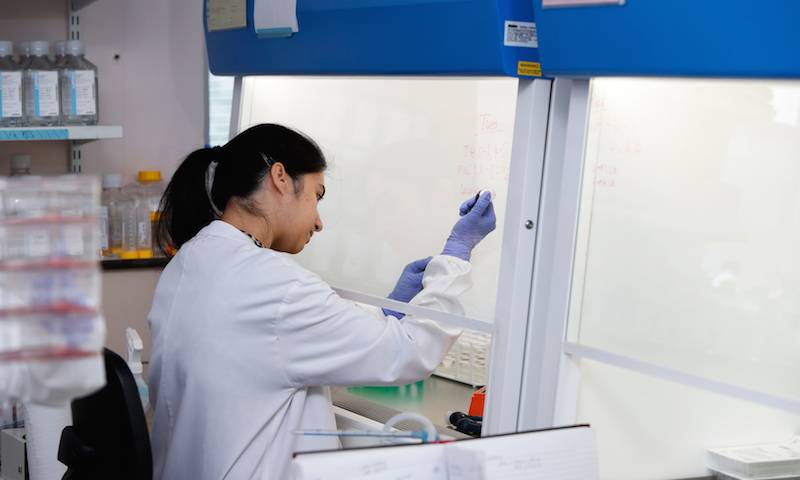
Drugs are an excellent tool to explore complex biological processes, such as innate immune sensing pathways and virus-host interactions. I have been working on projects to begin developing a novel class of anti-inflammatory molecules and anti-HIV-1 drugs. Disrupting the interaction between HIV capsid protein and the host cofactor, Cyclophilin A, leads to a Type I IFN response, which prevents infection. JW142 is a synthetic molecule, similar in structure to the well-known anti-HIV-1 drug, Cyclosporine A. Therefore, I have used a biological assay to investigate whether JW142 can bind to CypA and disrupt interactions with Capsid. Inhibiting the cGAS-STING DNA sensing pathway can have beneficial effects for patients suffering from a chronic inflammatory disorder called Aicardi-Goutières Syndrome. I have screened 2000 small molecules to find drugs that target the NF-κB and IRF3 signalling pathways, downstream of cGAS and STING, and further characterised hits to begin to elucidate their mechanism of action.
Next Step: PhD in Dr. Clare Jolly’s Lab (UCL), investigating innate immune evasion of HIV Envelope.
Farzana Begum, 2016
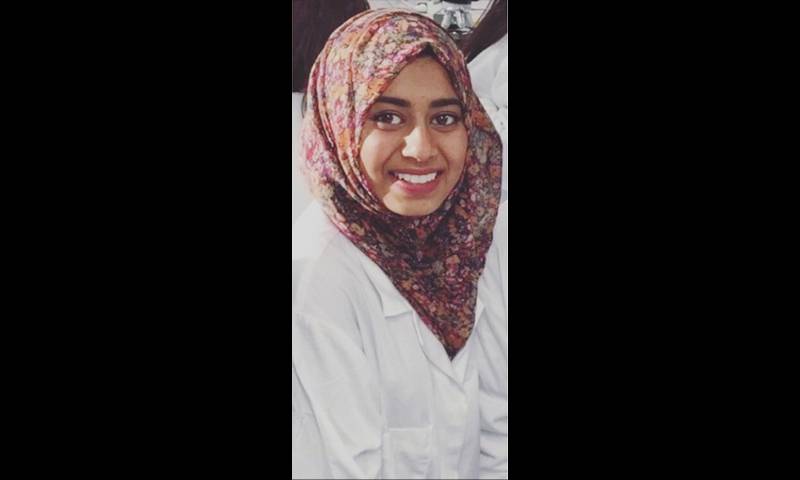
For my MSc research project, I was fortunate enough to have been under the supervision of both Professor Greg Towers (UCL) and Professor Waseem Qasim (ICH/GOSH), giving me a unique opportunity to collaborate between two labs. Clinical trials have shown successful results in the treatment of congenital and acquired diseases using lentiviral vectors in gene therapy, demanding an improved manufacturing capacity of such vectors. By using state-of-the-art CRISPR/Cas9 genome-editing technology, I aimed to block autotransduction of lentiviral vectors and therefore develop a more stable packaging cell line that is capable of continuously producing high quality therapeutic lentiviral vectors. During my project, I secured a job as a Scientific Officer at the Institute of Cancer Research and I hope to use this experience to pursue a PhD in the near future.
Next Step: Scientific Officer at the Institute of Cancer Research
Lauren Harrison, 2016
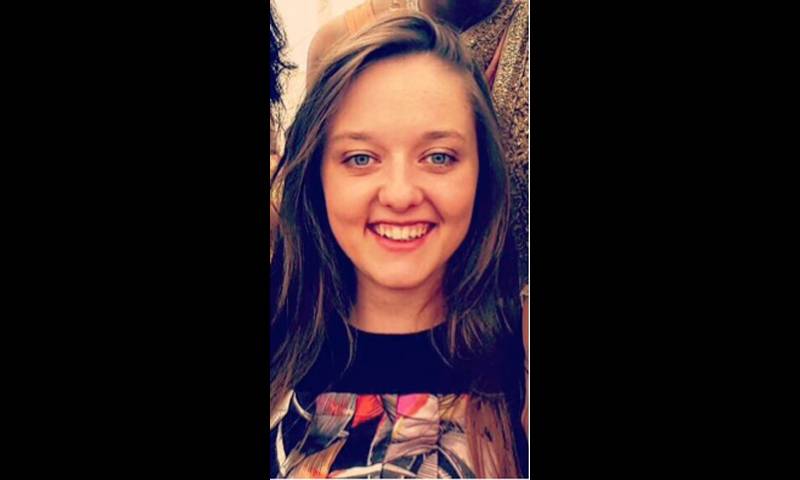
My project characterises the domains required for anti-HIV activity of restriction factor MxB. The highly related MxA lacks the restriction capabilities of MxB. This allowed me to make use of MxA/MxB chimeric proteins to determine domains of MxB important for its intracellular location and restriction function. During this project I had the opportunity to develop a broad range of skills including cell culture techniques and the ability to use structural analysis programmes. Everyone within the lab was extremely welcoming and helpful in teaching me new skills and answering my questions, making the task of writing a dissertation an enjoyable experience as opposed to a stressful one. I am very much looking forward to returning to the Towers lab later this year.
Next step: PhD with the Towers Lab, UCL
Juliana Cudini, 2016
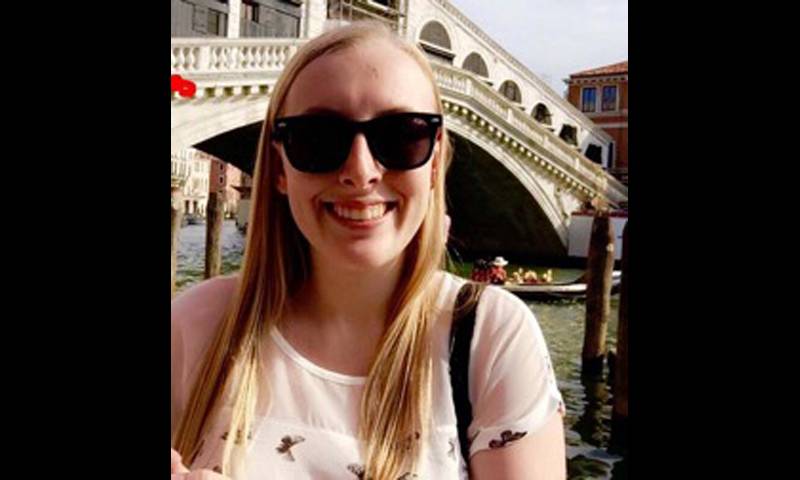
My project involved positive selection analysis of the innate immune component, Complement Factor H, in the hopes of better understanding the evolution of pathogen evasion mechanisms by hosts. The project was a collaborative effort between the Towers Lab and Goldstein group, where I have been recruited to further pursue our findings in the context of autoimmune disorders and meningococcal disease. I hope to continue my work at UCL examining evolutionary relationships between pathogen and host as a PhD student.
Next Step: Research Assistant in The Goldstein group, UCL followed by PhD at Cambridge University.
Sonia Rebollo, 2015
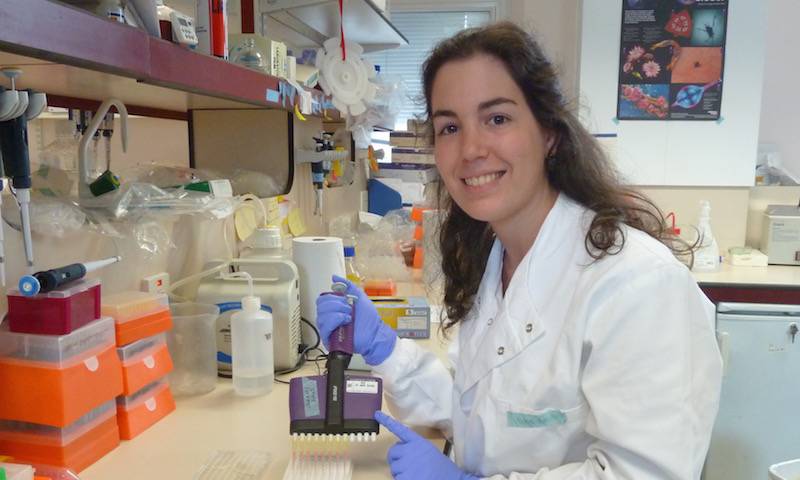
Next Step: PhD at Imperial College London
Flavia Marzetta, 2009
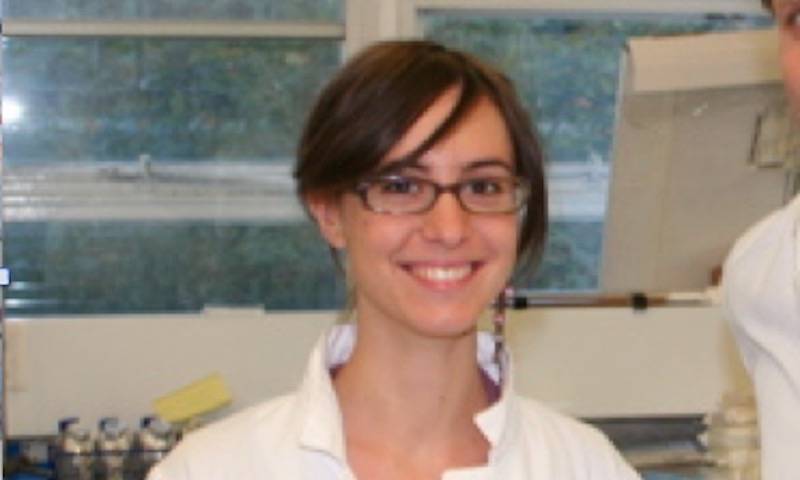
Nexy Step: PhD in the lab of Didier Trono Ecole Polytechnique Federal de Lausanne Switzerland.
BSc Students
Nur Hussein, 2022 - 2023
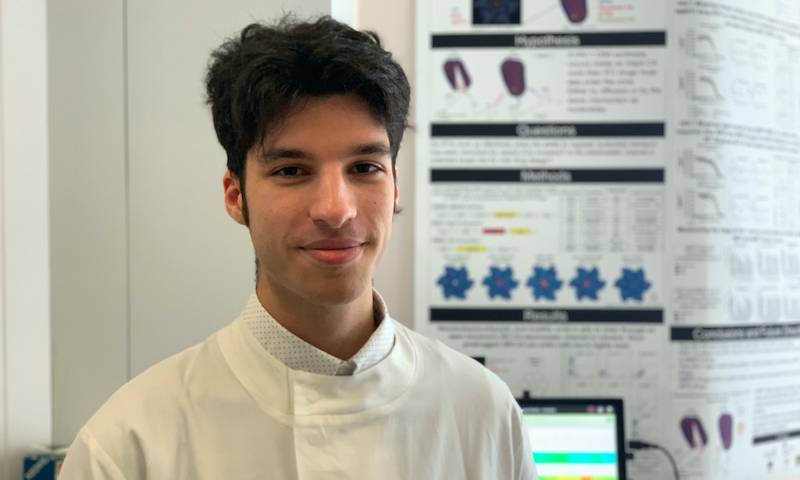
TRIM5 is a host restriction factor that forms a key part of the innate immune response against HIV by coating the viral capsid in a cage-like structure, although its capacity to restrict HIV differs between species. In humans, pandemic HIV-1M is able to evade restriction by TRIM5 due to shielding from Cyclophilin A (CypA) recruitment to capsid. Some restriction factors, such as TRIM5, activate inflammatory signalling pathways when they engage with virus, thus acting as sensors to indirectly alert the cell to infection. Given that CypA is also involved in inflammatory signalling, our objective is to investigate whether CypA has a role in signalling pathways downstream of TRIM5. The team at Towers lab were incredibly welcoming and greatly supportive in teaching me a variety of lab techniques and how to critically approach academic literature in the journal club. I thoroughly enjoyed working at the lab and am grateful for the opportunity to get insights into a very current and rapidly evolving academic field.
Next Step: Clinical training at UCL.
Adela Brzobohata, 2019 - 2020
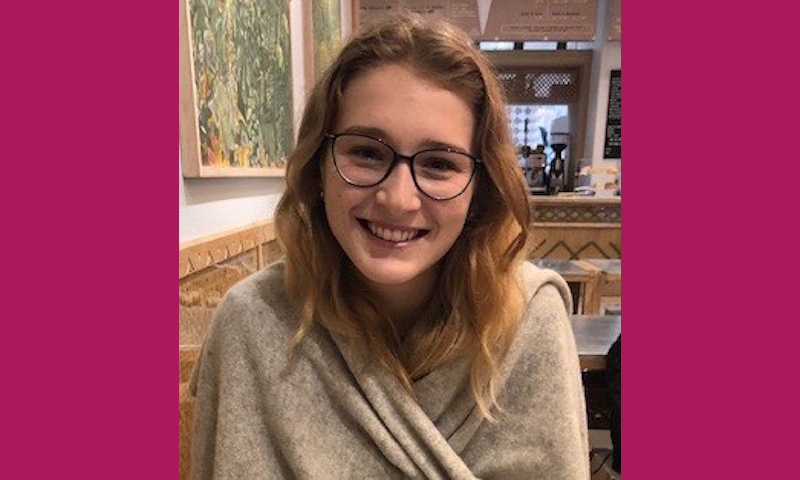
Amelia Capitelli, 2021 - 2022
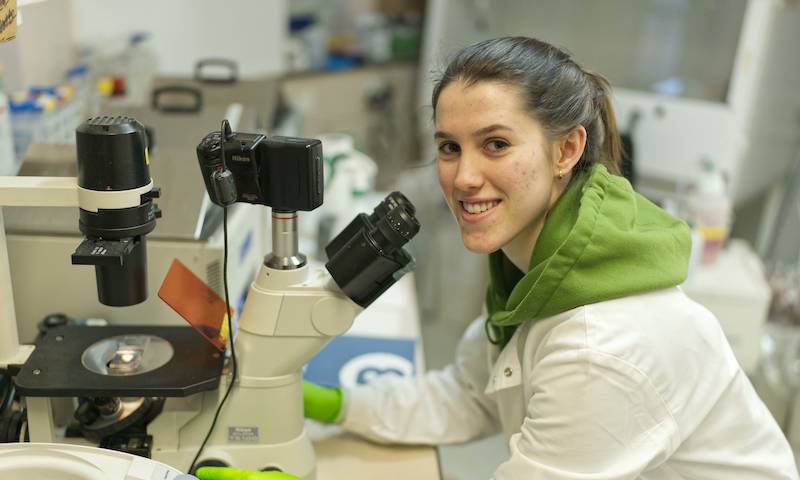
Annika Jasper, 2019 - 2020
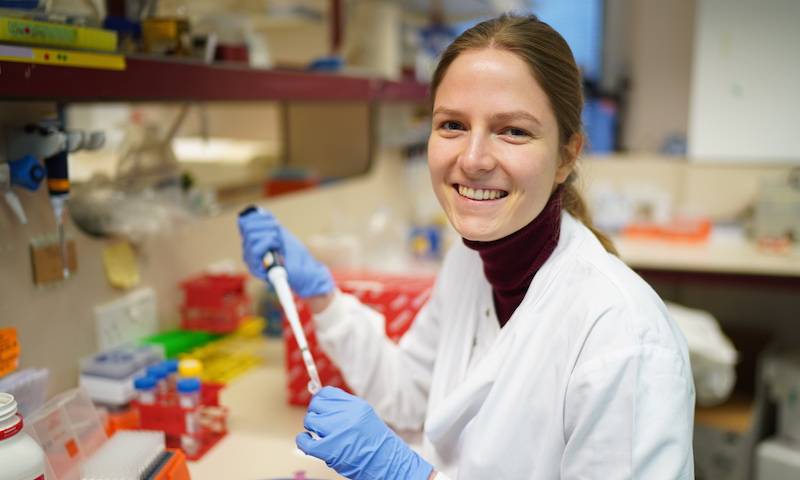
Simon McAlpine-Scott, 2019 - 2020
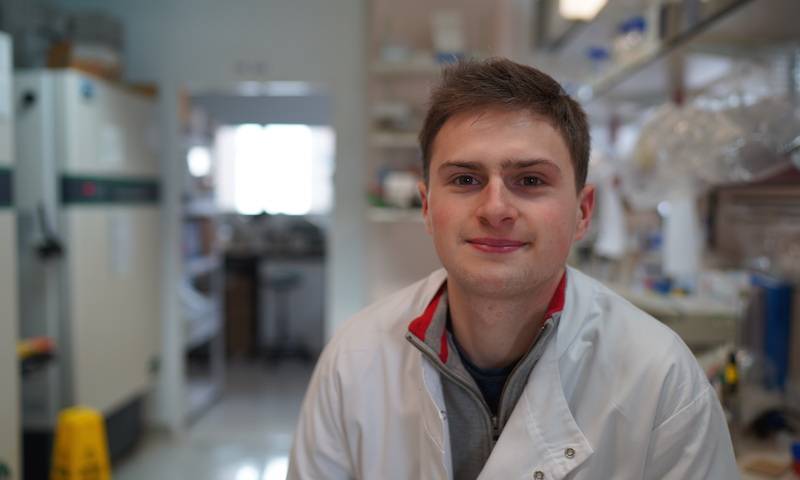
James Cai, 2018 - 2019
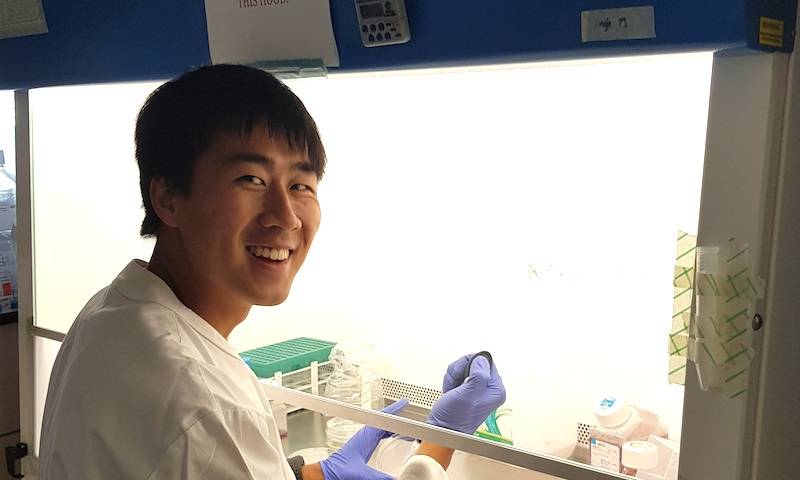
Next Step: Clinical training at UCL
Caitlin Ng, 2018 - 2019
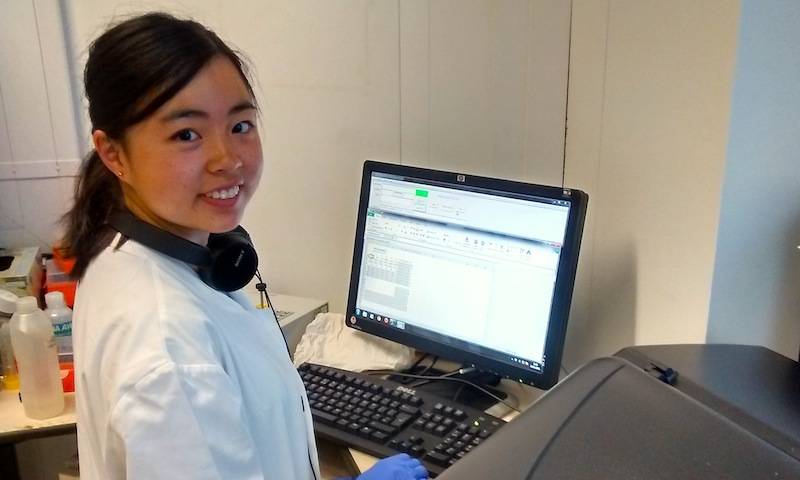
common vector-borne disease worldwide, yet no antiviral therapy exists. Cyclophilins (Cyps) are a family of host-encoded proteins that have been implicated in a number of Flaviviridae infections, including hepatitis C virus (HCV) and DENV. Cyp inhibitors have been evaluated clinically against HCV, and the Towers Lab has shown that Cyps is required for HCV replication and innate immune evasion. The role of Cyps in DENV infection, however, remains unclear. Under the supervision of Dr Che Colpitts, my project characterised the role of Cyps in DENV replication. I established a DENV replication assay, which I used to identify and characterise the antiviral activity of several lead Cyp inhibitors to use as probes for further investigation of Cyps in DENV infection. I also evaluated which Cyps are required for DENV replication. I thoroughly enjoyed my research experience with the Towers Lab and really gained valuable experience from both the process and the mentorship.
Next Step: Student Ministry Apprenticeship at Euston Church
Dan James, 2018 - 2019
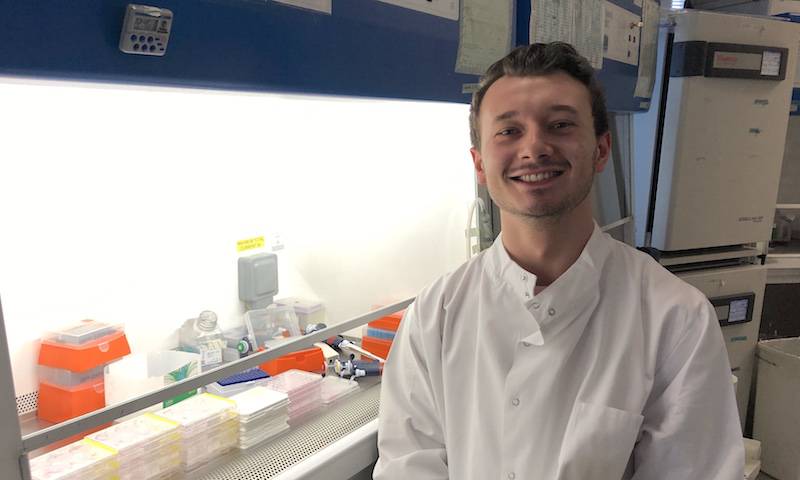
Next Step: Clinical training at UCL
Sophie Stanford, 2018 - 2019
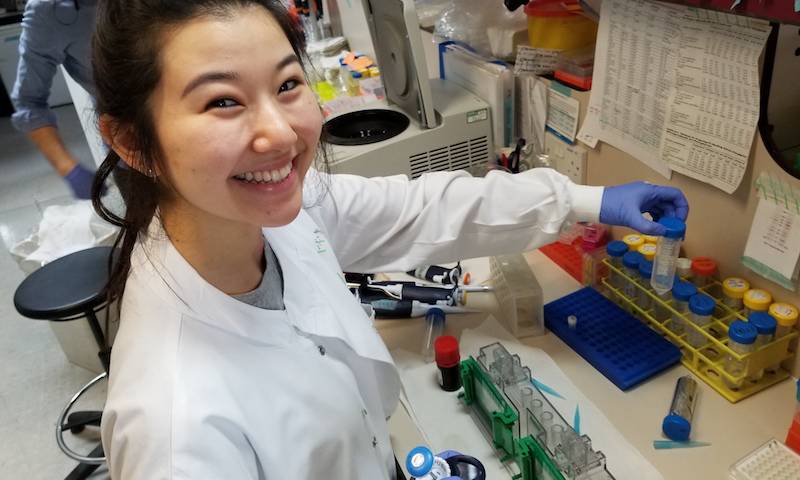
Next step: PhD in the McEwan Lab, UK Dementia Research Institute, Cambridge
Matthew Spencer, 2016
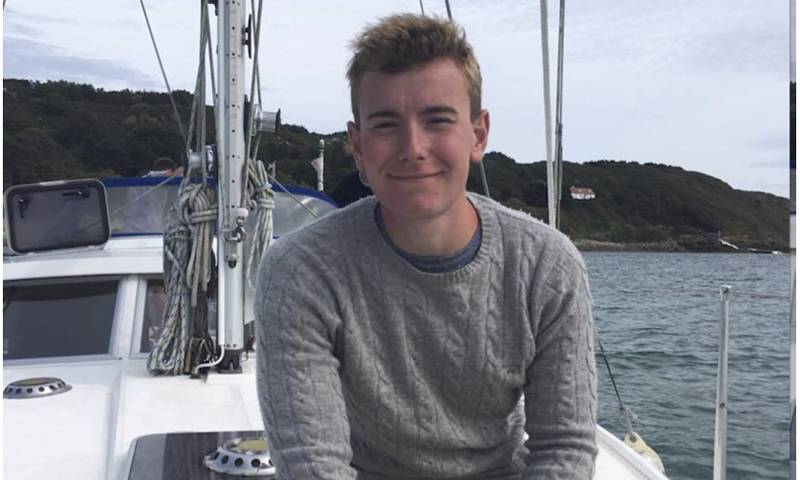
I was lucky enough to undertake a project exploring the innate immune response to HIV in the Towers lab. I showed that inhibiting HIV-1 with specific drugs triggers a viral DNA dependent, cGAS dependent, innate immune response in sensing capable cells and that this results in decreased infectivity. The Tower’s lab were extremely welcoming and happy to teach me the skills necessary to carry out research in a lab. The journal club and lab meetings certainly helped me with reading and critiquing research papers, skills that will be of great use in the future.
Next Step: Clinical training at UCL
Dan Ntuiabane, 2017
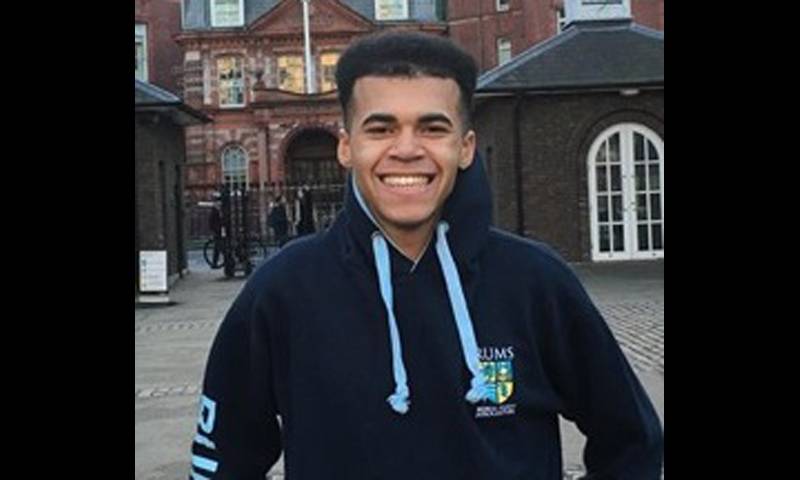
PF74 is a small molecule inhibitor, described by Pfizer, which inhibits HIV infection through binding to the capsid and disturbing recruitment of cofactors Nup153 and CPSF6. Our goal is to test the potency of PF74 analogues in their ability to inhibit HIV-1 across four different clades. This is important because anti-viral inhibitors must have broad specificity against circulating HIV variants. The Towers lab are very supportive and happy to teach me all the lab skills that I need for my project and more.
Next Step: Clinical training at UCL
Layal Liverpool, 2015
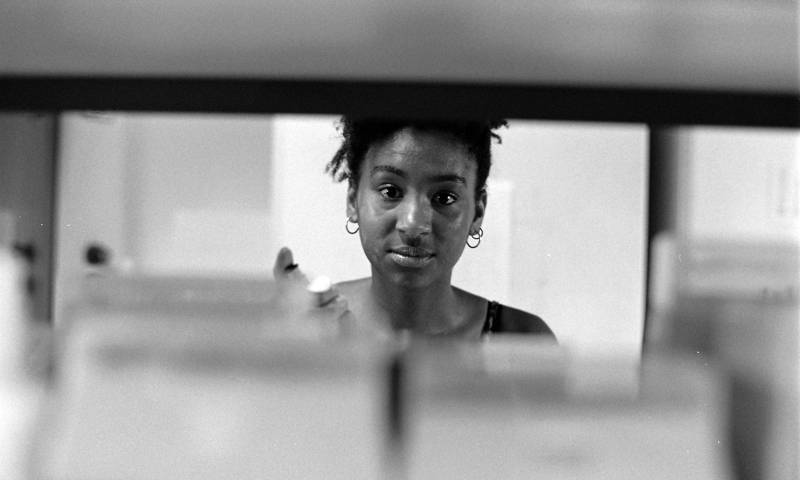
Primate lentiviruses encode accessory proteins that are crucial for immune escape in vivo. Importantly, these viruses must evade innate immune sensing in cells. By using reporter gene assays and protein expression studies, I investigated species-specific regulation of innate sensing by HIV and SIV accessory proteins in cells.
Next Step: PhD at Oxford University
Alun Vaughan-Jackson, 2015
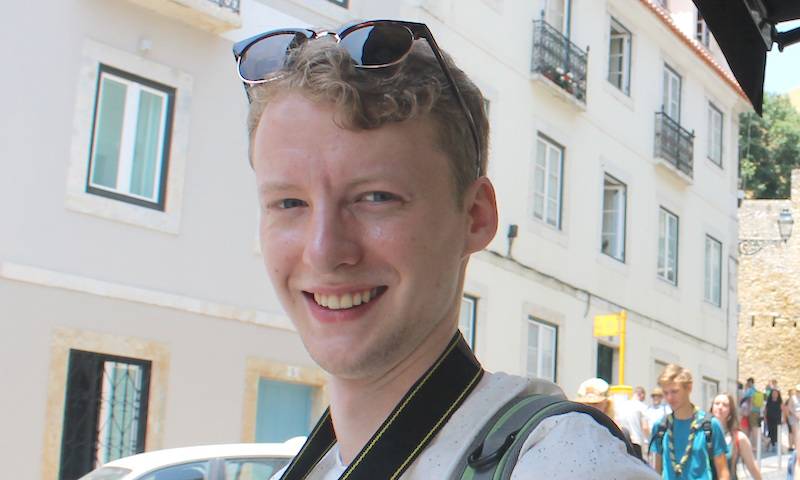
I joined the Tower’s lab in order to explore my interests in Virology with a focus on the interaction with the host innate immune system. My project focussed on the interaction between the HIV-1 capsid and the host co-factors CPSF6 and Cyclophilin A. We aimed to discover new drugs that could interfere with this interaction and possibly expose the viral particle to the hostile intracellular environment and trigger an innate immune response. The skills I was taught in the lab, both at the bench and away, were instrumental in acquiring myself a place on the Wellcome trust PhD programme at Oxford. This has set me on my first major steps towards a career in academic research and perhaps a lab of my own in the future.
Next Step: PhD at Oxford University
Summer Students
We take work experience students every year during the summer. We get lots of applicants and so we have to choose who to take on. If you are a bright and motivated sciences undergraduate student with an excellent CV, and would like to join the lab for a project for several weeks, we would love to hear from you.
Look at our interests and think of project ideas related to the interests of the post docs. Typically we help design a project but input from candidates is expected. We expect you to apply for summer student fellowships, for example: the Wellcome Trust Biomedical Vacation Scholarship, or from the Microbiology Biology Society, or similar.
Helen Alemayehu, 2019
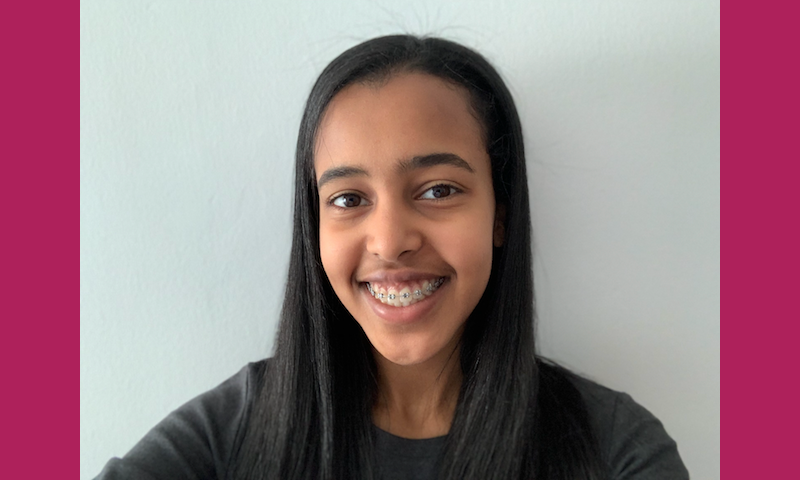
Next step: 2nd year medicine at the University of Cambridge.
Caitlin Ng, 2018

Next Step: Student Ministry Apprenticeship at Euston Church
Mihails Lascovs, 2018
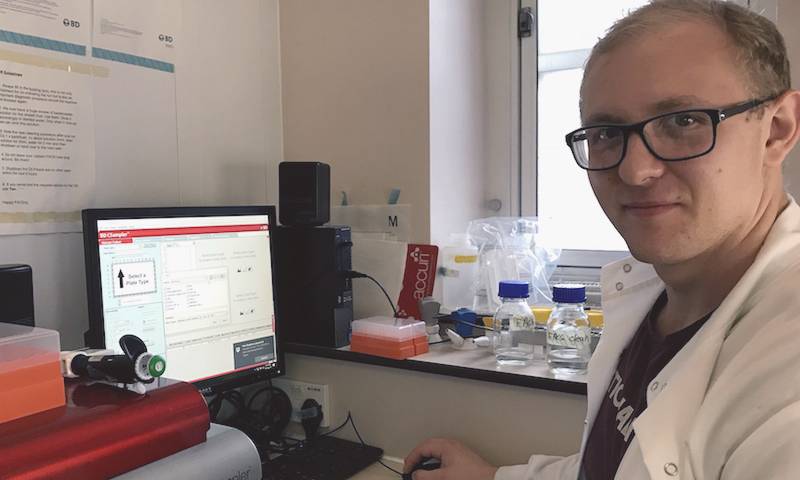
Next Step:
Bethany Schneiderman, 2017

My project involves functional studies of an innate immune sensor, cGAS. I mutated amino acid residues in cGAS that have undergone positive selection during evolution, likely in response to viral infection. I am currently evaluating the activity of the cGAS mutants using interferon reporter assays, with the goal of providing insights into the evolutionary history of cGAS.
Next Step: MSc
James Cai, 2018

Meiyin Lin, 2015 and 2016
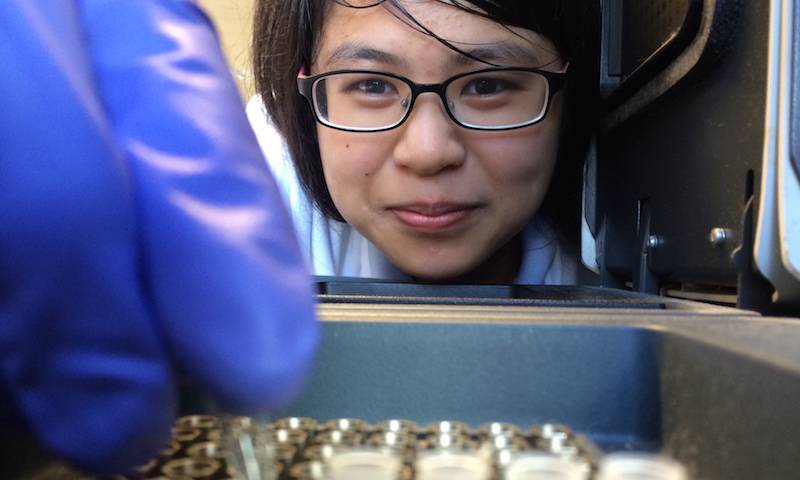
The lab hypothesises that the capsid is essential for evasion of the innate immune system. It prevents DNA sensors, a type of pattern recognition receptors (PRRs), from recognising reverse transcriptase products. However, mutations in proteins that form the capsid might result in the premature release of these products into the cytoplasm. DNA are normally not found in cytoplasm and hence the presence of viral DNA molecules can activate DNA sensors. I am trying to identify the sensors that trigger the innate immune system during infection by mutant HIV-1. We use CRISPR to knockout known sensors and determine if they are essential in this triggering Interferon-Stimulated Genes (ISG).
Mei worked in the Towers lab throughout her second year and again after her third year. She was funded by a Harry Smith vacation studentship from the SGM secured by her in early 2015 and went on to secure a research position in a lab in Singapore.
Next step: PhD at Duke National Univeristy of Singapore.
Elysia Upton, 2015 and 2016
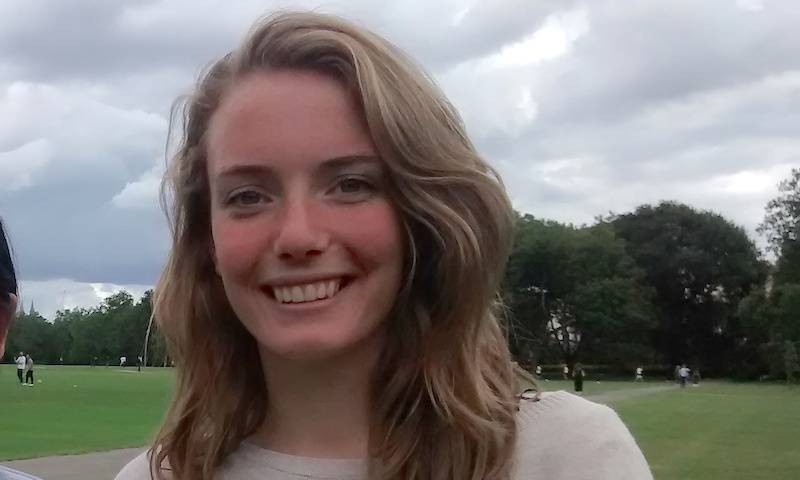
I am a recent Biology graduate from Imperial College, and am working in the Towers Lab before going on to study for an MSc in Integrated Immunology at Oxford University. With Dr Katsia Bichel, I am working on part of a project investigating the biophysical properties of the HIV-1 capsid that regulate reverse transcription initiation.
Next Step: MSc in Integrated Immunology at Oxford University
Megan Crawley, 2016
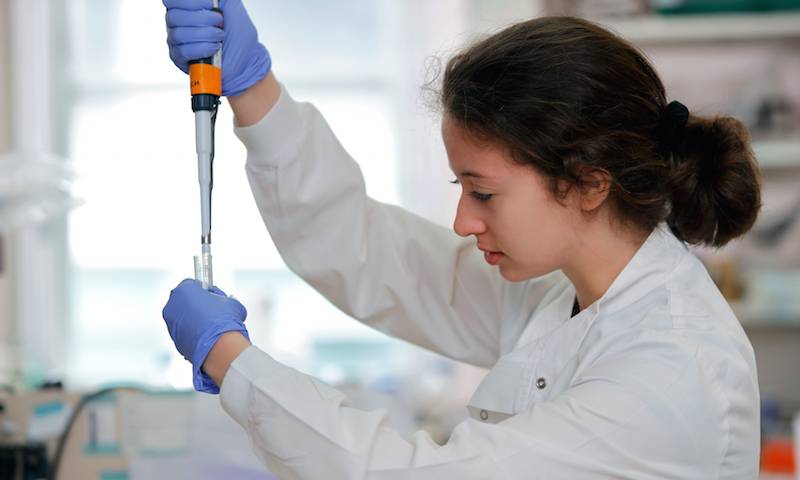
Myxovirus resistance (Mx) proteins – MxA and MxB – are interferon-induced GTPases, both with antiviral functions. MxA is well characterised compared to MxB. However, MxB has recently been shown to have antiviral activity against HIV-1 by blocking nuclear translocation of the proviral DNA. This summer I performed experiments to determine whether the different isoforms of MxA and MxB have similar restriction activities and whether they work by a similar mechanism. From September onwards I will begin my MSci project which will also consider host factors controlling HIV tropism.
Next step: MSc at UCL
Kevin Ng, 2016
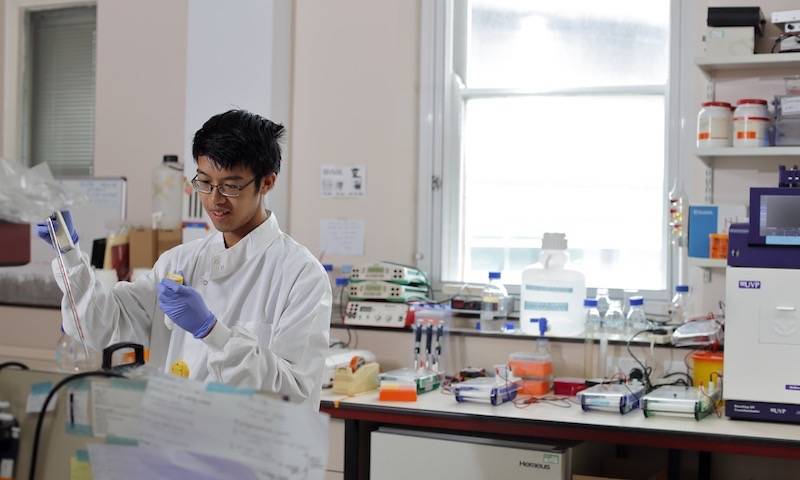
The lab has previously demonstrated that HIV-1 recruitment of host protein cyclophilin A (CypA) is required to evade the innate immune response during early stages of cell entry. Under the supervision of Dr. Lucy Thorne, I have been investigating a potential role for CypA in modulating DNA sensing pathways and downstream interferon response using both mutant and drug-based techniques. We additionally aim to explore cell type-specific variations in host DNA sensing and immune response pathways, and their potential implications for viral tropism.
Next step: Went on to complete Honours BSc in Microbiology and Immunology program at the University of British Columbia, Canada and now doing a PhD at the Crick Institute London
Work Experience for Schools
We work with Inspire! and individual schools to provide work experience for 16 and 17 year old students with a passion for biological science and a keen and inquiring mind.
 Close
Close

